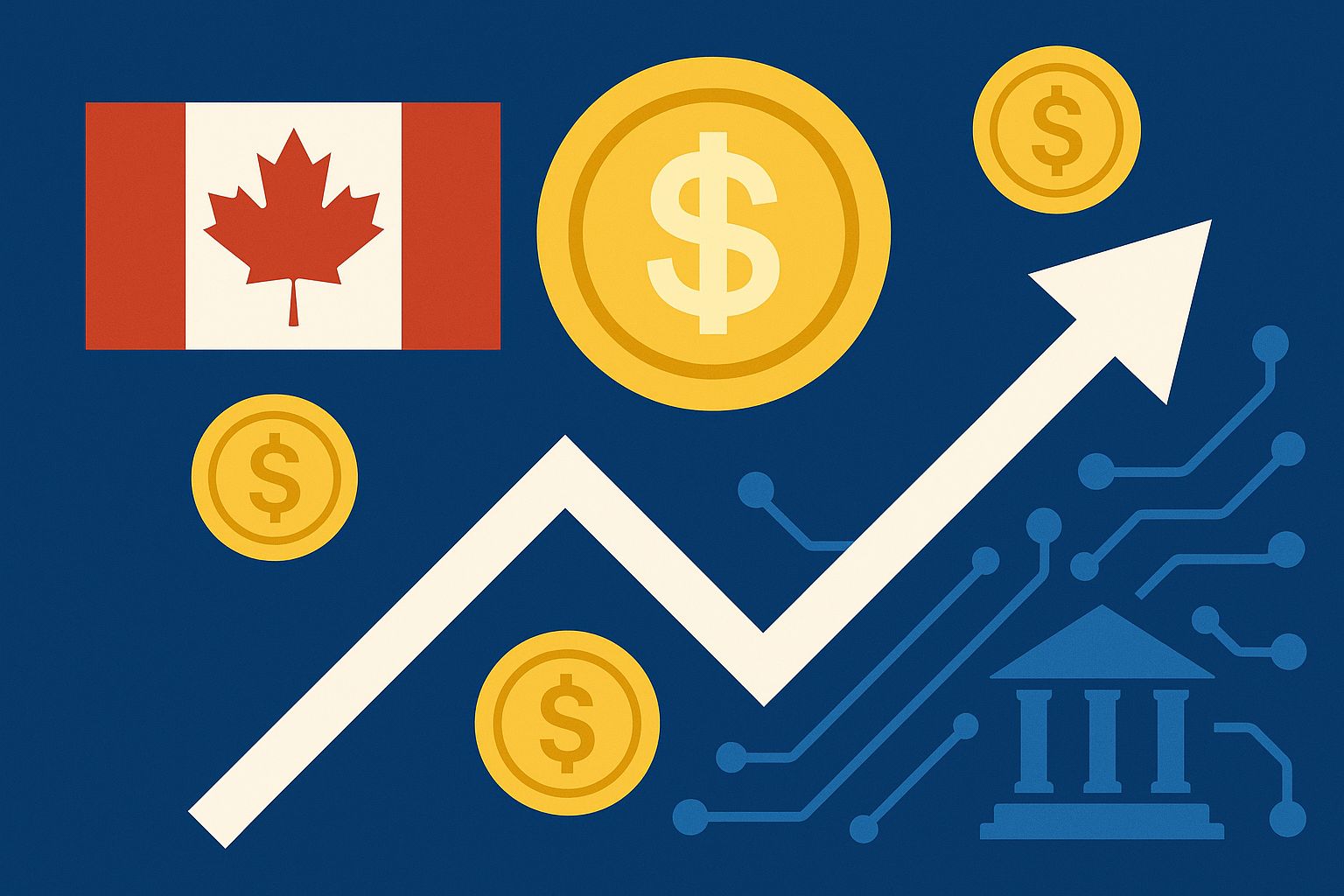Institutional Funds Focus on Energy and Cryptocurrency Sectors for Expansion
- HF Sinclair (DINO) reported $870M adjusted EBITDA in Q3 2025, up from $316M in 2024, driven by refining/marketing gains and $254M shareholder returns. - The stock gained 54% YTD with a Strong Buy rating, mirroring crypto's altseason trends as institutional capital targets high-growth assets. - DINO's $7.12/barrel operating cost efficiency parallels crypto projects optimizing transaction costs, while BTCC's $29B tokenized futures blur traditional-digital asset lines. - Despite $13M renewables loss, DINO's
HF Sinclair Corp (DINO) has distinguished itself within the energy industry, with its third-quarter 2025 results showcasing strong operational and financial progress. The company posted an adjusted EBITDA of $870 million, a substantial increase from $316 million in the same quarter of 2024, fueled by impressive outcomes in both its refining and marketing divisions, as detailed in the
The company’s stock has surpassed the S&P 500, rising 54% since the start of the year, and currently holds a Zacks Rank 1 (Strong Buy) rating, as reported by Sharewise. This upward trend reflects a broader movement where institutional investors are increasingly directing funds toward high-growth sectors, including digital assets. A recent

Within the crypto market, experts have identified five tokens with the potential for 20-fold returns in 2025, such as
The merging of traditional and digital finance is also evident in the tokenized real-world asset (RWA) sector.
Nonetheless, obstacles remain. DINO’s renewables division posted a negative adjusted EBITDA of $13 million for the third quarter of 2025, pointing to the challenges of market fluctuations. In a similar vein, blockchain projects must contend with regulatory ambiguity and technical barriers. Still, DINO’s resilience—demonstrated by its $1.5 billion cash reserve and disciplined capital spending of $121 million—offers a blueprint that crypto startups might follow to weather volatile conditions.
As institutional investors continue to explore alternative assets, the fortunes of companies like DINO and blockchain projects with real-world applications are likely to stay closely linked. The main factor setting leaders apart in both fields is the capacity to innovate while maintaining sound financial management—a principle that could shape the next wave of market expansion.
Disclaimer: The content of this article solely reflects the author's opinion and does not represent the platform in any capacity. This article is not intended to serve as a reference for making investment decisions.
You may also like
MOVA's Debut Confirms the Existence of a Regulatory-Compliant and Scalable DeFi Framework
- MovaChain (MOVA) token surged 370% on November 5, 2025, reflecting strong market confidence in its DeFi infrastructure. - The platform's modular blockchain achieves 110,547 TPS and sub-1.5-second finality, supporting institutional-grade financial applications. - A $100M funding round led by Aqua1 and GeoNova Capital fuels global node deployment and cross-border settlement development. - MOVA plans to integrate regional settlement networks and expand USD1-based trading, emphasizing compliant, sustainable

BCH Value Drops by 0.13% as Broader Downward Trend Persists Over the Past Week and Month
- Bitcoin Cash (BCH) fell 0.13% in 24 hours, with 10.39% drops over 7 days and 30 days, contrasting a 10.36% annual gain. - Analysts warn of prolonged bearish pressure but note the decline reflects cyclical adjustments rather than structural issues. - Technical indicators show range-bound trading, with the 200-day moving average acting as key support amid flat RSI readings. - Absence of regulatory risks or major news suggests broader market sentiment, not fundamentals, drives BCH's volatility.
Breaking News|U.S.October ADP Employment Change
Canada pivots to stablecoins as cornerstone of its digital payments reform
